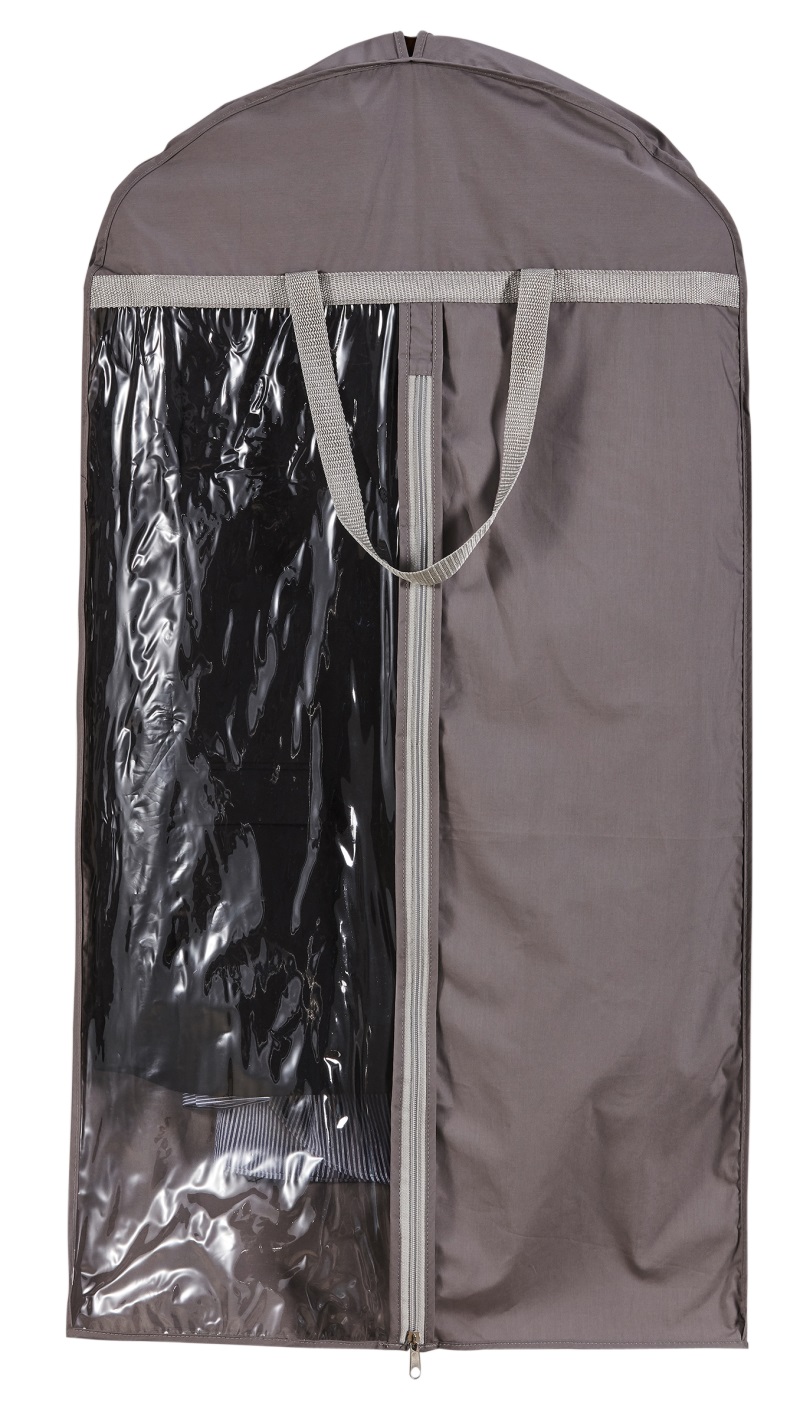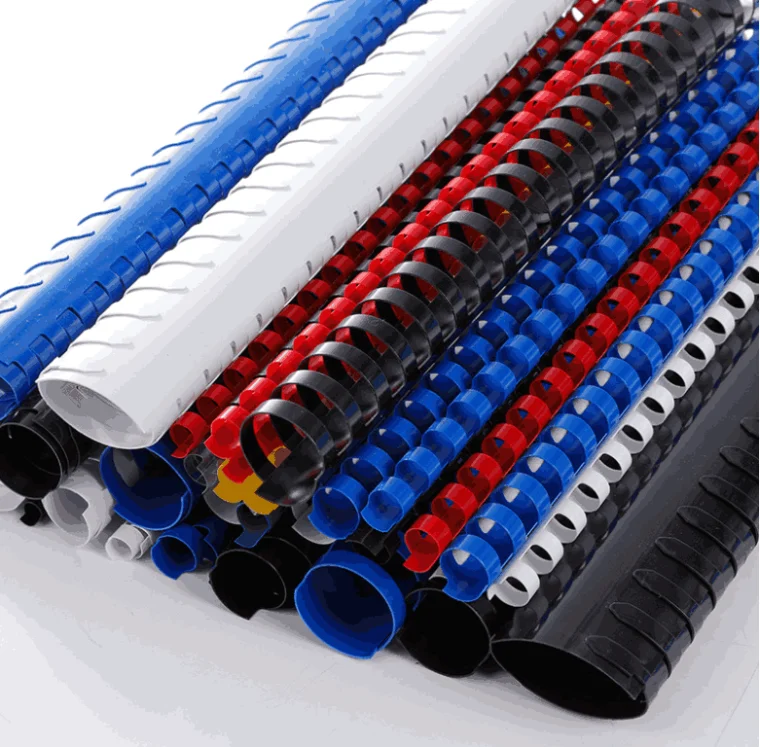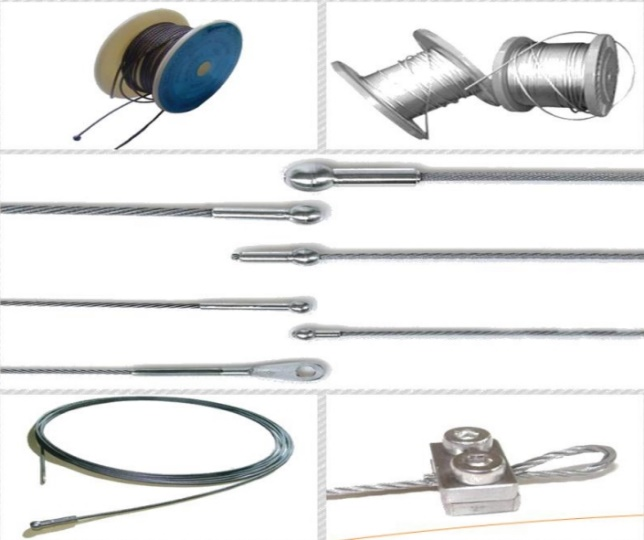In the ever-evolving landscape of office technology, the choice between an all-in-one printer and a regular printer is a pivotal decision for both home and business users. Understanding the nuances of these devices can significantly impact productivity, cost-effectiveness, and overall user experience. This article delves into the fundamental differences between all-in-one printers and regular printers, exploring their functionalities, advantages, and ideal use cases.
Understanding the Basics
Regular Printers
Regular printers, often referred to as single-function printers, are designed primarily for one task: printing. They come in various types, including inkjet and laser printers, each catering to specific printing needs. Inkjet printers are known for their ability to produce high-quality color prints, making them ideal for photos and graphics. Laser printers, on the other hand, excel in producing sharp text documents quickly and efficiently, making them a popular choice for office environments.
All-in-One Printers
All-in-one printers (AIOs), also known as multifunction printers (MFPs), combine multiple functionalities into a single device. Typically, these printers can print, scan, copy, and sometimes fax documents. This multifunctionality makes them particularly appealing for users who require versatility without the need for multiple devices cluttering their workspace.
Key Differences
- Functionality
The most apparent difference lies in functionality. Regular printers focus solely on printing, while all-in-one printers offer a suite of features that cater to various document management needs. For instance, if you frequently need to scan documents or make copies, an all-in-one printer would be more beneficial. - Space and Convenience
All-in-one printers are designed to save space and enhance convenience. Instead of having separate devices for printing, scanning, and copying, users can rely on a single machine. This is particularly advantageous for small offices or home setups where space is at a premium. - Cost Efficiency
While the initial investment for an all-in-one printer may be higher than that of a regular printer, the long-term cost savings can be significant. Users can avoid the expense of purchasing multiple devices and the associated maintenance costs. Additionally, many AIOs come with features that reduce ink consumption, further enhancing cost efficiency. - Print Quality and Speed
When it comes to print quality, regular printers, especially high-end models, may outperform all-in-one printers in specific tasks. For example, dedicated photo printers can produce superior image quality compared to AIOs. However, all-in-one printers have made significant advancements in print speed and quality, making them suitable for most general printing needs. - User Experience and Software Integration
All-in-one printers often come with advanced software that allows for seamless integration with various devices and cloud services. This can enhance the user experience by enabling features such as mobile printing, document editing, and easy file sharing. Regular printers may lack these advanced capabilities, limiting their functionality in a modern, interconnected environment.
Ideal Use Cases
- When to Choose a Regular Printer
If your primary need is high-volume text printing, such as for legal documents or reports, a regular laser printer may be the best choice. Similarly, if you are a photographer requiring the highest quality prints, investing in a dedicated photo printer could yield better results. - When to Opt for an All-in-One Printer
For users who require a versatile solution for home or small office use, an all-in-one printer is often the ideal choice. It caters to a variety of tasks, from printing and scanning to copying and faxing, making it a valuable asset for those who need a multifunctional device.
Conclusion
In summary, the choice between an all-in-one printer and a regular printer ultimately depends on your specific needs and usage patterns. All-in-one printers offer unparalleled versatility and convenience, making them suitable for a wide range of tasks. Conversely, regular printers may be more appropriate for users with specialized printing requirements. By understanding the differences and evaluating your needs, you can make an informed decision that enhances your productivity and meets your printing demands effectively.



